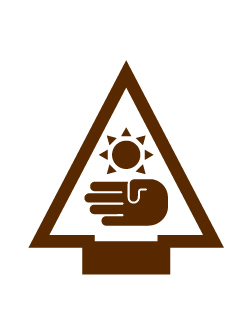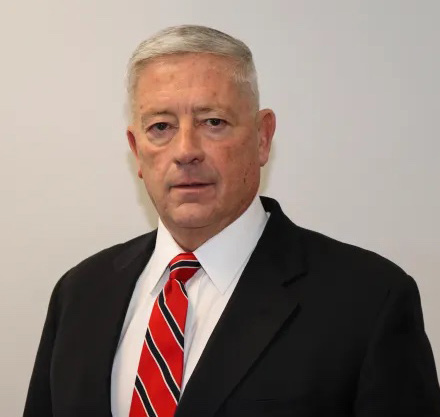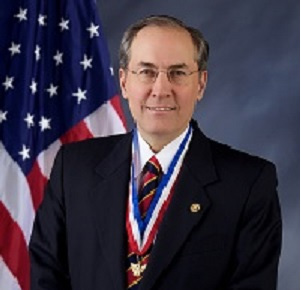Feedback
Feedback
Please provide feedback on your experience of this adventure or activity
Report Quality Assurance
If there are errors or issues with this adventure/ activity, please go to the Report Quality Assurance Page.
Adventure/Activity Feedback Form
This feedback helps identify things den leaders like and opportunities for improvement.
Going the Distance
Print This Page
Arrow of Light – 5th Grade
Estimations AOL
Elective

Requirement 4
Going the Distance
Arrow of Light – 5th Grade
Estimations AOL
Elective

Requirement 4
Going the Distance
Snapshot of Activity
Find the distance between two points on a known map.
Indoor
2
3
2
If you want to know more about The Adventure Activity Key click here.
Supply List
- Printed maps with scales, one for each Cub Scout
- Index card, one for each Cub Scout
- Ruler, one for every 2 Cub Scouts
- Pencil, one for each Cub Scout
- Paper for calculations, one for each Cub Scout
Directions
Before the meeting:
- Print maps with scale of your area or an area known to the Cub Scouts. Google Maps allows you to print the screen and provides a scale at the bottom. If you are going on a walk or campout or hike soon, use a map of the upcoming adventure.
- Learn about map scales by watching this YouTube video, Map Scale. (3 minutes 25 seconds)
- Set up meeting space so Cub Scouts have a flat surface to write and maneuver maps. Set out maps, pencils, index cards, and rulers.
During the meeting:
- Discuss what “scale” means when it relates to a map. The map scale is printed in the map legend. It is given as a ratio of inches on the map corresponding to inches, feet, or miles on the ground. In Cub Scout terms, a line measures the distance between two places.
- Typically, adults today use a GPS app (Google Maps, Apple Maps, WAZE, etc.) to tell them the distance, the time it will take, and the directions on how to get to their location. Explain to the Cub Scouts that sometimes Scouts go to places where there isn’t cell service, and the apps will not work.
- Explain that you can calculate distance on a map by using a ruled edge, a ruled compass edge, or any straight edge such as an index card.
- Demonstrate using a map you printed. Pick two points to measure between. Known landmarks to the Cub Scouts would be best.
- To measure the straight-line distance between two points (A) and (B), place the straight edge to make a line between “A” and “B”. Place “A” at one end, and “B” at the other. Note the measurement on the ruler by writing it down. Then use the scale on the map legend to estimate the distance on the map.
- To figure a crooked-line distance (because there is a bend in a trail or a turn in the land), use a piece of paper and tick marks. Start at point “A” and then tick marks turns or stops along your route until you reach point “B” (turning your paper as you move around the trail.) Then use the rule or scale on the ledged to measure your distance.
- Use an example map to show one of the methods above.
- Guide Cub Scouts as they work on finding different locations and distances on their maps. They can check their guesses using the GPS apps to see how close their estimates are to their calculations.




